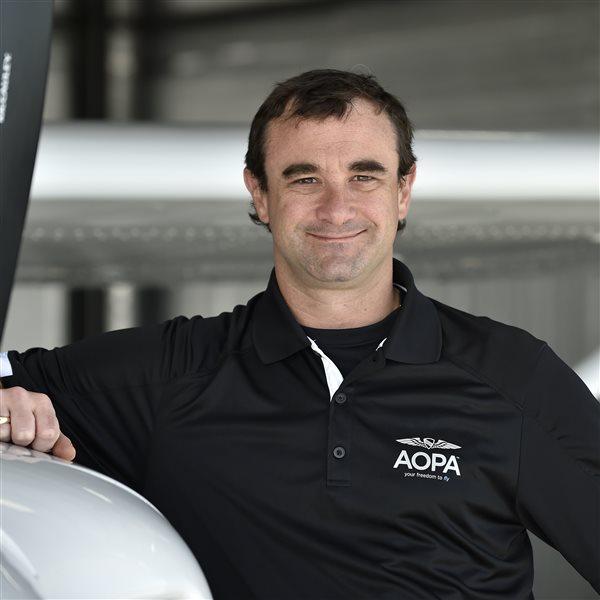AOPA, Purdue University to develop aviation curricula
Partnership will put aviation in high school classrooms
AOPA and Purdue University have announced a partnership to develop aviation STEM curricula for high schools across America. The program will be the first of its kind, offering students comprehensive four-year aviation study options that are aligned to rigorous math and science standards used in many states nationwide.
The program will offer four distinct pathways of study—pilot, aerospace engineering, unmanned aircraft systems (UAS), and aviation technology. Each pathway will provide specialized classes for students in ninth through twelfth grades.
“We are extremely excited to be partnering with Purdue University to develop these curricula,” said Cindy Hasselbring, senior director for AOPA’s High School Initiative. “The classes will be designed to help students develop strong science, technology, engineering, and math (STEM) skills with an eye to meeting the needs of aviation employers.”
The High School Initiative is part of AOPA’s You Can Fly program, which was created to bring more people into aviation. By educating high school students about aviation career opportunities, helping lapsed pilots return to flying, lowering barriers to entry, reducing the cost of flying, and building the aviation community, You Can Fly is helping people of all ages get involved with aviation.
The curricula will incorporate grade-appropriate learning, building on the skills and knowledge developed in each grade level. To facilitate that process, ninth-grade classes for all four learning pathways will be rolled out first, with initial implementation anticipated in the 2018-19 school year.
The classes are also being designed to meet career and technical education requirements, which will allow schools to access federal grant money to implement the curricula.
The program development comes as forecasts anticipate worker shortages in many aviation fields. A study recently conducted by Boeing found that in the next 20 years the airlines will need 679,000 technicians and 617,000 pilots, an increase of approximately 11 percent above the forecast from the previous year.
Studies also show that there is a growing science and technology skills gap among U.S. students and in the workforce, which should lead to even greater opportunities for those who participate in programs like the one AOPA will implement.
Purdue University President Mitch Daniels said the partnership continues Purdue University’s efforts in STEM education.
“The new curriculum program gives students an opportunity to further develop their math and science skills in order to bolster the future of the aviation industry and create new possibilities in transportation,” Daniels said.
Bernard Wulle, an associate aviation professor at Purdue, said the curriculum partnership can create an important first step for students interested in aviation at a time when finding and recruiting talented workers for the industry is a challenge.
“High school students who are curious about aviation can use this program to learn more about the industry,” he said. “There are more areas than piloting and each require the math and science this curriculum stresses.”
“We know that students learn better when they are interested in the subject and can see real-world applications for the skills they’re being taught,” explained Hasselbring. “By connecting STEM learning to aviation pathways that are fun, engaging, and offer career potential, these curricula will help students get the most from their studies.”
In addition to curriculum development, the AOPA High School Initiative is bringing educators together to share ideas and expertise when it comes to implementing aviation-based STEM education at their schools. More than 200 individuals from across the country are expected to take part in the second annual High School Aviation Symposium set for Nov. 6 and 7 in Seattle. Representatives from both AOPA and Purdue will speak about developing the curricula. Symposium participants also will have the opportunity to discuss best practices for aviation-based STEM education and tour Raisbeck Aviation High School, a top aviation high school. Anyone interested in attending should check the website or send an email to AOPA.




